All about late bird cherry

By learning all about late bird cherry, gardeners can significantly increase their chances of success. They will definitely need a general description of the American cherry tree or late joy. Knowledge of the growing conditions is no less important.
Description of the tree
It is worth pointing out right away that the late joy bird cherry, also known as the American cherry, actually belongs to the genus Plum, which is part of the Pink family. True cherries are its botanical cousins along with:
- almonds;
- peach;
- apricot;
- cherry;
- irgo, apple, raspberry and blackberry.
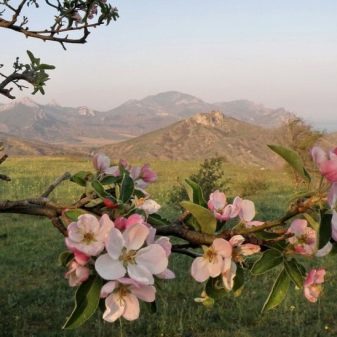
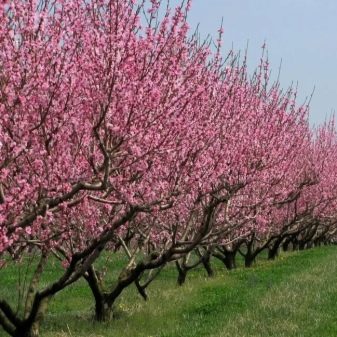
This plant itself has a tree-like shape and grows up to 7, and sometimes up to 8 m. It is crowned with a dense, but at the same time compact narrow-pyramidal apex. The bark, painted in gray-brown tones, is not striking. Its surface is a little rough. Small leaves reach 70 mm in length and 35-40 mm in width.
The foliage of this species has a rounded shape, somewhat similar to an egg. The tip is pointed, but not too sharply. Shallow denticles are formed along the edge. Inflorescences of late bird cherry are of the paniculate type and have a dense structure. The length of the 35-40 buds of inflorescences reaches 150 mm.
Individual flowers are relatively small, their cross-section is at most 1.5 cm. Such flowers are painted in snow-white tones, geometrically close to a bowl or a wide glass. The buds will appear from May 20 to May 30, and this process ends in mid-June. During such periods, bird cherry is perceived as effectively as possible. Then the time for the ripening of rounded berries comes.
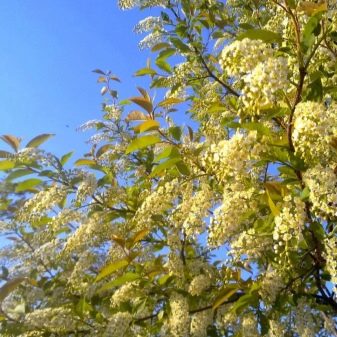
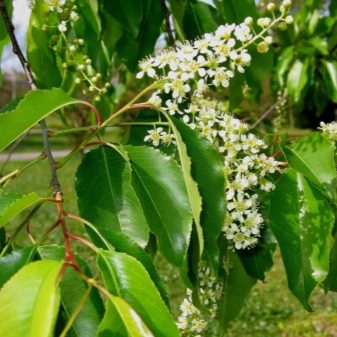
Initially, they are painted in beige and brown tones. But then they will smoothly acquire an almost black tint. Such fruits are small, have a maximum weight of up to 0.7 grams. But their tasting characteristics are close to ideal. The small thickness, smoothness of the peel of these berries and their suitability are noted:
- for fresh consumption;
- for freezing;
- for drying and other home preparation methods.
Late Joy is a typical mid-late bird cherry. Fruits are harvested in the first 10-15 days of August. A full harvest reaches 22-25 kg of berries. In productive mode, this plant will stay for 25-30 years. Self-fertility in the hybrid is low, and an important measure of plant support is the planting of synchronously developing pollinators. The readiness of the fruits for collection is judged by the fact that they began to dryly break away from the stalks.
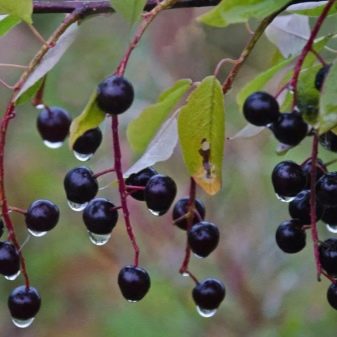
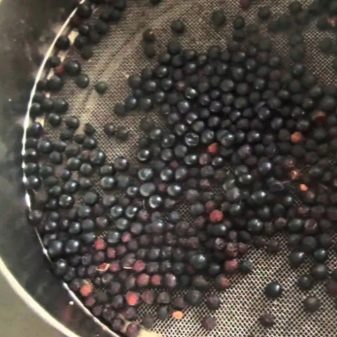
Growing conditions
This variety is resistant to cold weather and is not capricious. Under favorable conditions, the harvest is up to 145 centners per hectare of plantation. The plant was zoned according to:
- Volga-Vyatka region;
- Central Black Earth Region;
- The North Caucasus;
- Middle and Lower Volga region;
- Ural;
- Far Eastern regions;
- Western and Eastern Siberia;
- north and northwest of the European part of the Russian Federation.
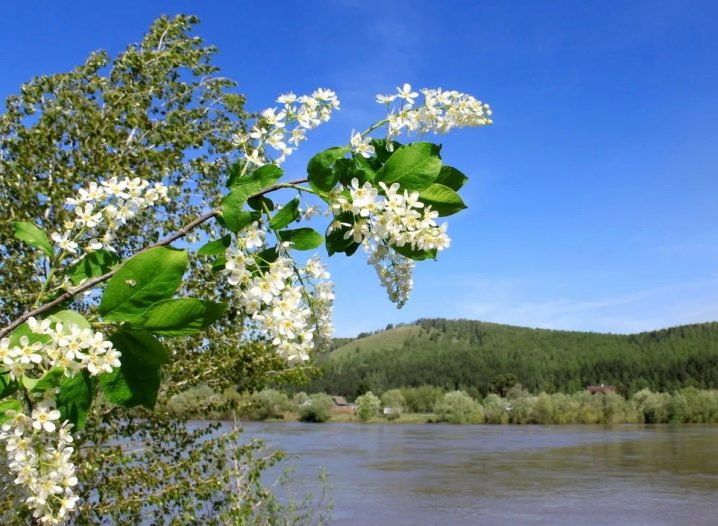
Due to its large size, picking berries is very difficult. Bird cherry late joy is hardy for shading. But too much shadow leads to excessive stretching in height. The berries will concentrate closer to the edges of the shoots and their number will decrease. Since this is a hybrid, new specimens can only be obtained vegetatively.
The best option is cuttings. It is necessary to prepare cuttings at the end of June, cutting off the tops of shoots 100-150 mm long from the growth of the current season. All foliage is removed there, except for 1 or 2 upper leaves. Then the cut from the bottom is kept in a diluted root formation stimulator for 2 to 3 hours (the choice of the drug is at your discretion).
For rooting, use:
- plain water;
- sphagnum;
- a combination of humus with peat.
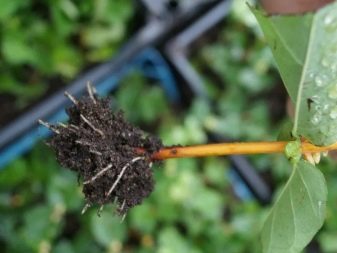
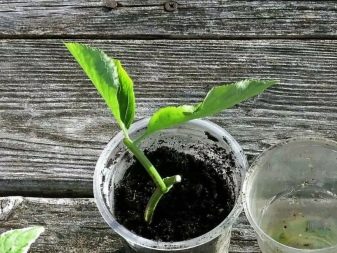
The cuttings are introduced into the substrate at an angle, with a deepening of the lower cut by 20-30 mm. Cover the planting material on top with a plastic bag or a cut bottle to obtain a greenhouse effect. You need to remove protection immediately, as soon as new foliage appears. The branches should not be bent to the ground to obtain layering, because they break. Planting American cherries is possible during the spring and fall months.
But in the fall, there is a high risk of sudden frosts, especially in areas with a harsh climate. The plant will take root in any substrates, but it is better to bypass the most dense, swampy and acidic lands. Loose soil with good productivity and neutral acidity is preferable. A shift towards weak acidity is allowed. The choice of sites with a deep (from 1.5 m) bedding of soil waters is recommended.
Both the section and the depth of the planting pit are approximately 50 cm. It is advisable to prepare the pit in the fall.
But if this moment was missed, then all the same it should "settle" for 14-20 days. Backfilling of fertile land is useful. It is supposed to leave a gap of at least 3 m between several plants, the aisles should be 4 or 5 m in size.
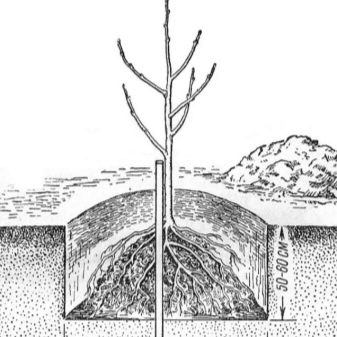

In the first growing season, bird cherry seedlings should be watered regularly. Drying the earth near the trunk is unacceptable. Then it will be necessary to limit ourselves to two applications of 30-40 liters of water per month. But if the heat comes, 50 liters of water should be used every 8 days. Excessive moisture is also undesirable and can lead to the death of the tree.
In fertile areas, you can completely abandon feeding. If productivity is not enough, fertilizers are applied three times. With the beginning of the growing season, diluted nitrogen fertilizer is used. When flowering occurs and 2-3 weeks after the fruit is removed, complex branded fertilizers are used. Every 3 years, they stabilize the productivity of the land, using 10-15 liters of diluted humus for watering the near-trunk circle.
It is imperative to loosen and weed the near-trunk space. To do this less often, you should use mulch. Late bird cherry requires formation, and most often create a sparse-tiered crown. In the spring and autumn months, they resort to sanitary pruning. Dry, frozen and broken shoots must be removed.

Diseases and pests
This variety generally has decent immunity. Even during periods of massive insect invasions, the infectiousness is minimal. However, it is still worth remembering the danger from scoops, sawflies, aphids and hawthorn caterpillars. The fight against them is carried out with all insecticides of a wide profile. Of infections, the plant is threatened by:
- polystygmosis;
- cercosporosis;
- coniothyroidism.
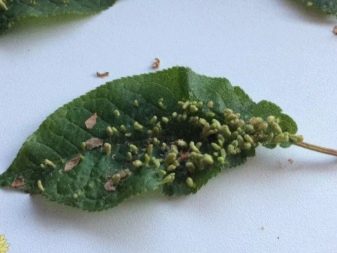










The comment was sent successfully.